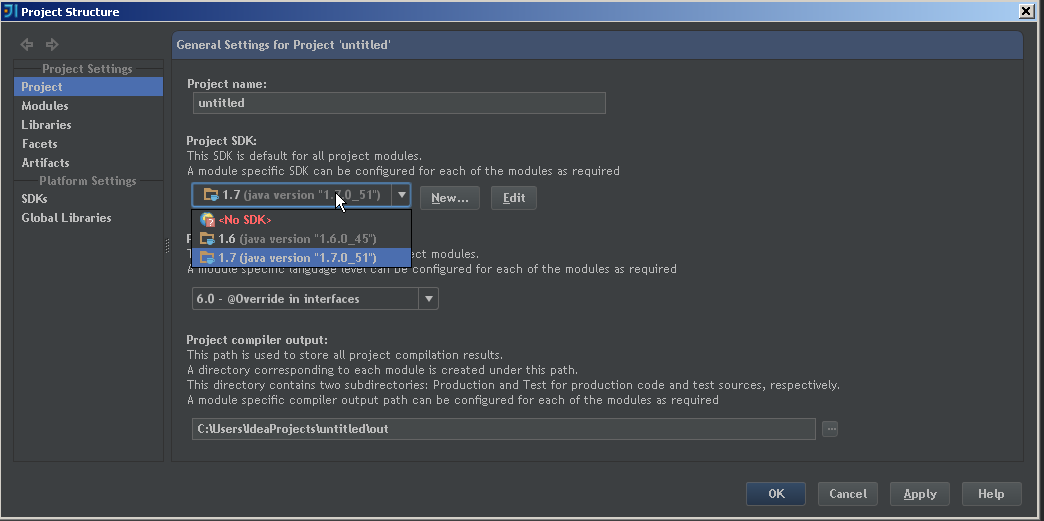

performance issues.Īs a best practice, it is always advisable to build the applications using the java version which is close to the version used in the production environment. Consider, in the production system the application might be running on JDK 5 and in some QA platform higher version of the JDK may be required in order to perform some specific tests e.g.

However there may be scenarios where there is a need to configure more than one version of the JDK. This is which the Jenkins itself running under.

Since Jenkins is commonly used for building and deploying the java applications, it offers excellent features for the same.Īs a default one, Jenkins will use the java version which it find from the system path. In this chapter will learn about configuring the JDK in Jenkins. In the previous chapter, we learnt how to configure the Jenkins and start the server and see its GUI for other basic configurations.


 0 kommentar(er)
0 kommentar(er)
